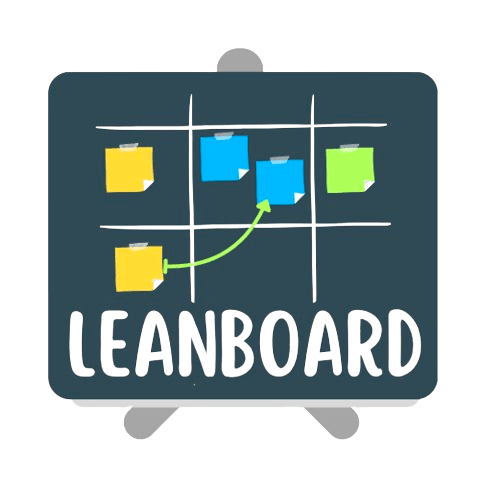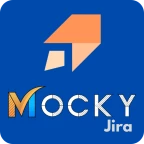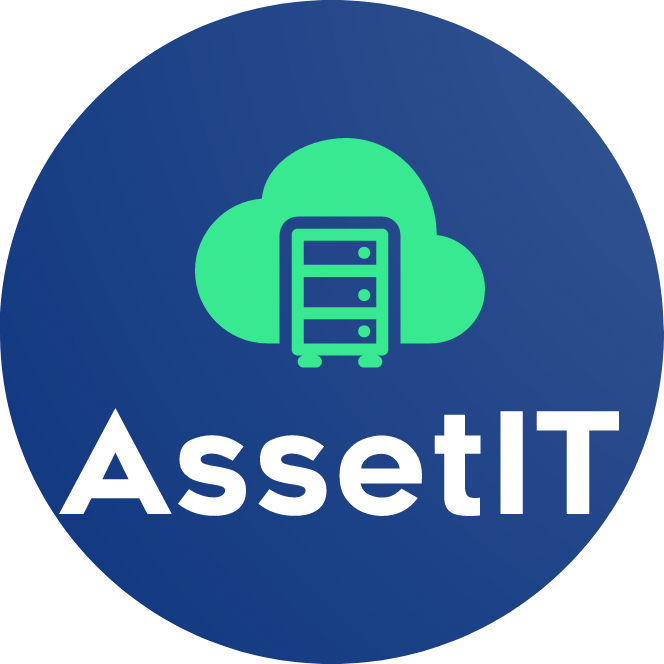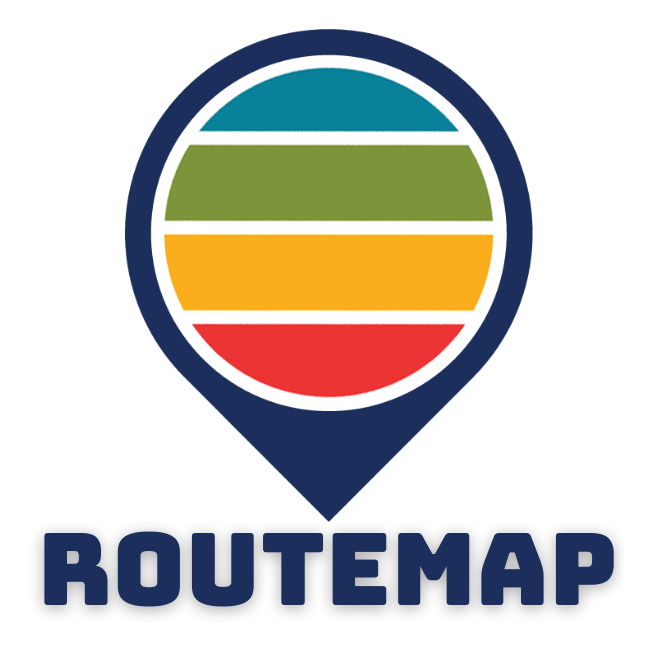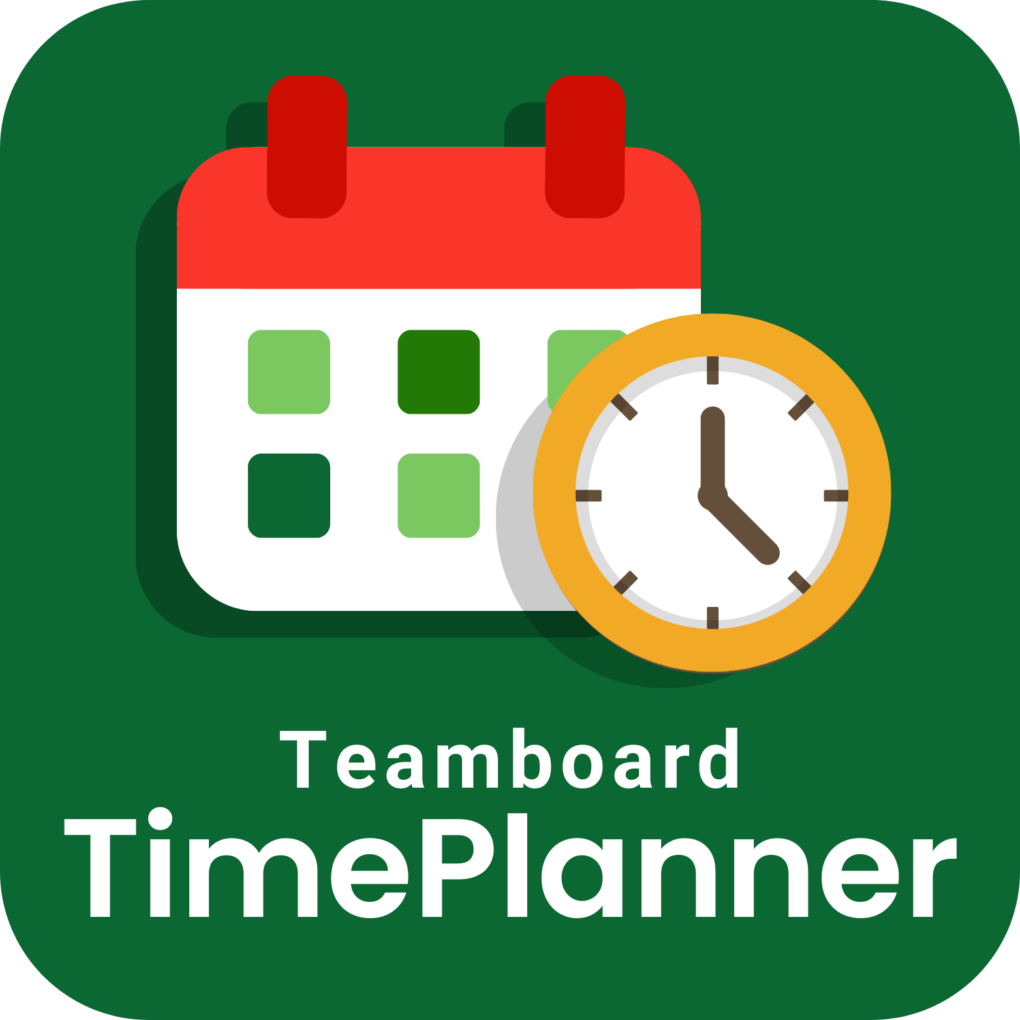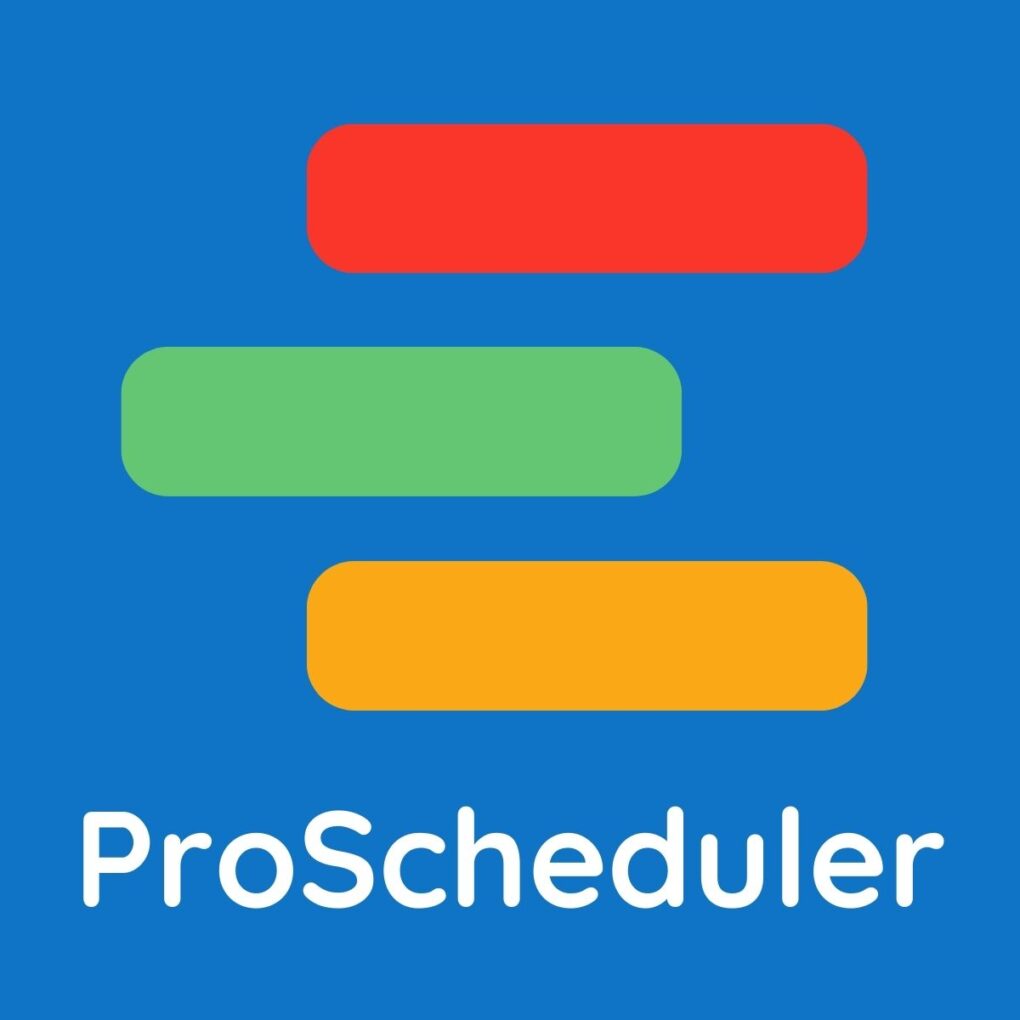As a product manager or product owner, one of your main responsibilities is to ensure your project meets goals on-time and your team is reaching their targets efficiently. With accurate estimations, your product development moves along smoothly, your development team can work effectively, you can set up accurate dates for meetings and deadlines, your budget is accurate, your resources hold true, and your key stakeholders and potential investors stay satisfied.
However, as important as estimation can be for developing and managing products, it is also one of the most difficult aspects to get right. You must be able to estimate time and effort for each story, such that you can create manageable tasks. With Planning Poker, estimation becomes less complicated and challenging. Find out everything you know about implementing this Agile, Scrum estimation method in this short guide.
What Is Planning Poker?
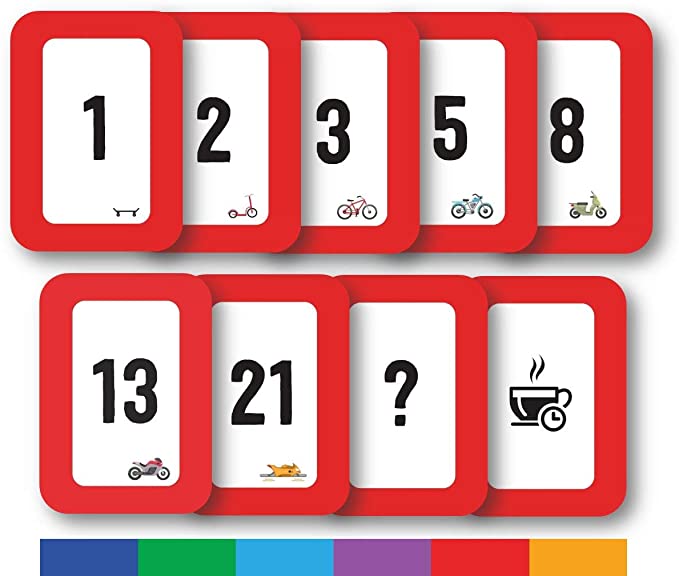
Project management and development teams can use Planning Poker to predict effort and time needed for stories and tasks. It is collaborative, meaning every individual has a voice in the process. In this way, the estimates are more accurate than other Agile estimation techniques may be. It is also one of the most engaging ‘games’ as more people can get involved and understand the process, even if they speak different languages, understand information differently, or cannot express themselves similarly.
How Does Planning Poker Work?
During Planning Poker, individuals and teams use cards similar to those used in a poker game. Each card has a certain value, such as 0, 1, 2, 3, 5, etc. These values can represent the number of days the individual believes the particular story or task will take, although you can use the points to represent other factors if you so wish. Then, each individual will vote on particular tasks. The game will continue until the votes become unanimous for each task.
There are particular steps that you can take to have a successful ‘game’ of Planning Poker, although you can vary from this formula to suit your particular project and team:
1 ) Decide the Sequence of Numbers
Most project management determines their sequences based on their ideal completion dates. For instance, the standard for card values may be 0, 1, 2, 3, 5, 8, 13, 20, 40, and 100. Another standard card value sequence is 1, 2, 4, 8, 16, 32, 64, 128.
You may be curious as to why the values are not 1, 2, 3, 4, 5, etc. all the way to 50 or 100. It is simply because it would take up too much time to come to a consensus on estimates. Since Planning Poker is meant to simplify your estimation and come to accurate conclusions, using sequences is more efficient.
2 ) Distribute Cards to Team Members
Each individual should receive a deck of the same amount of cards with the same values. Everyone should be informed of what the values represent.
3 ) Describe the Story
The product owner or the product manager should describe a particular Story to the team. It should be as informative as possible, yet it should be simplified; it is important that everyone on the team understands what the goal of the story or task is, what resources need to be used, or what would be involved in achieving the goal.
Furthermore, you may wish to have visual aids, such as those you have developed as boards on other Agile planning tools. In this way, more team members can understand the details, values, or goals. Moreover, team members should be able to ask questions if they need further clarification on certain aspects of the Story.
4 ) Discuss the Story
At this point, your team should have the chance to discuss how they view the story and how the work should be handled. During the first round, you can give them prompt questions to get them started such as:
- How should we go about accomplishing this task/story?
- How many people are necessary for this task/story?
- Do we predict any potential roadblocks for this task/story?
- How should we deal with those roadblocks if they arise?
- Do we need further resources to complete this task/story?
- Should this task/story be broken down further?
- How long could we accomplish this task/story without roadblocks?
- How long could we accomplish this task/story with roadblocks?
5 ) Select Cards
After a thorough discussion, team members should select a card from their decks to represent how long they believe the task/story will take. After selecting their cards, everyone will show the cards at the same time. If they select a higher number, they believe the task will take a longer amount of time or require a great amount of work. On the other hand, if they select a number that is lower, they believe the task will take a short amount of time or is relatively easy.
6 ) Play Again
In the first round, you may see the values vary by a large amount. If that is the case, you can repeat steps 4 and 5 until you reach a consensus on the numbers. During step 4, team members will attempt to convince each other of why the time needs to be shorter or longer. After one or two more rounds, you should see values start to converge. Once they are the same, you can continue on to the next task or story.
How Can You Improve Planning Poker?
Planning Poker is an excellent, simple method for developing more accurate estimations for your project. That said, you can make it even easier if you have the right tools. Agile estimation apps can help your team work faster, present their cards with ease, and refine your estimates.
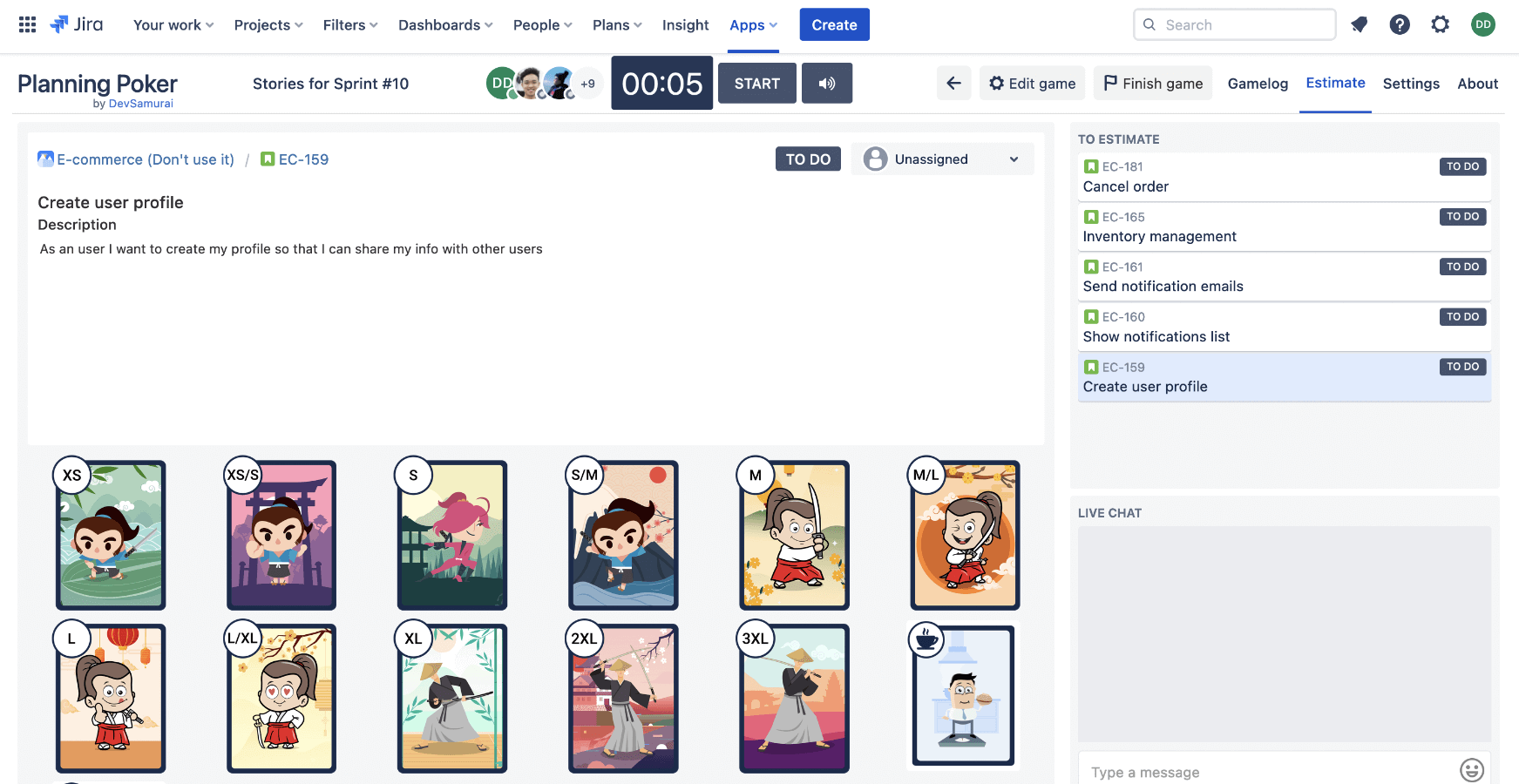
Moreover, other agile apps can help you develop your story mapping and initial product backlog prior to holding your estimation planning. As these tools are also collaborative, your team shall be able to look to your boards for visual information and extra resources to gain insight into the tasks at hand. However, you can also drag and drop stories directly into the Poker Planning app. Overall, apps can improve the precision of estimations by a significant degree.


